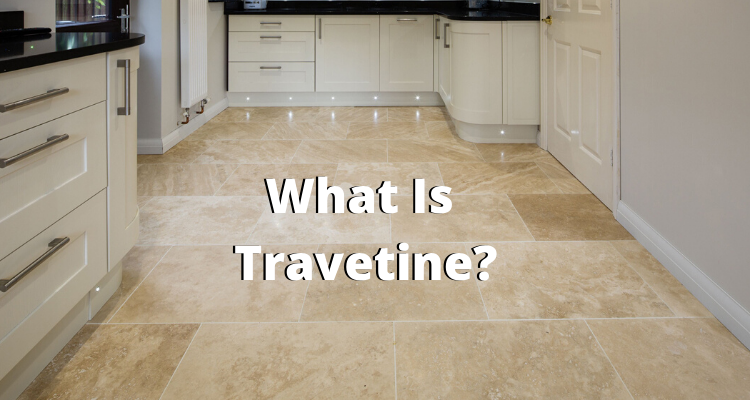
Travertine, a natural stone formed by mineral deposits from natural springs, has been a popular choice in construction for centuries. With its wide range of hues, from gray to gold, and its versatility for use in countertops and flooring, indoors and outdoors, it’s no wonder this sedimentary rock has stood the test of time.
Travertine Stone
And with the recent trend of travertine-look tiles in various sizes and materials, such as ceramic, vitrified, and porcelain, the options for incorporating this natural beauty into your home are endless. This comprehensive guide will cover everything you need to know about travertine stone before making your purchase.
Designs for Travertine Tiles
With its unique characteristics, Travertine stone comes in various sizes, shapes, colors, and textures. To achieve different looks, various finishes can be applied to Travertine tiles. In this article section, we will explore the most popular finishes and see which ones are the most common. From honed to tumbled, let us discover the beauty of travertine tiles and how to use them to enhance your home design. Let’s get started-
- Polished
Gloss and sheen abound on a polished travertine stone tile. It has been polished and glossed so that it shines and reflects light.
- Matte
Like polished Travertine, honed Travertine lacks the luster and shine of its polished counterpart. One side is ground or buffed using an unpolished stone to make it smooth.
- Brushed:
To create the tile’s brushed pattern, the surface is brushed with a brush or wire wheel until the desired texture is created. This unfilled exterior with a brushed, textured surface is rustic and refined.
Tumbled Travertine Tiles in a Variety of Colors
It’s possible to obtain travertine stone tiles in various colors. Grey, beige, silver, and brown are just a few of the numerous shades of Travertine offered by Orient bell Tiles. These colors are adaptable and may be used in any tile design.
Travertine tiles have these qualities:
While other tiles may hold their own against these, Travertine shines most in a few specific applications.
- Durability
Ceramic, vitrified, and porcelain bodies are all available for travertine stone tiles. Travertine wall tiles, like any other tile, can be used in the bathroom or kitchen and are especially attractive when paired with dark tiles and highlighted designs. Vitrified or ceramic travertine floor tiles are easy to install and will look great for years to come if cared for properly.
- It’s Low-Maintenance
You will not need specialized equipment or tools to keep your travertine stone tiles looking their best. After sweeping away any dust, a standard surface cleaner and a clean mop should do the trick. When you undertake a deep cleaning, you should avoid putting too much weight or stress on the floor and should do it regularly.
- Less Absorbent of Water
When compared to other tile options, travertine tiles absorb far less water. The lower the water absorption, the less likely moisture will cause cracks.
- Chemical and Acid Resistant
The travertine stone tiles are quite sturdy and long-lasting. That includes being resistant to a chemical or acid discharge. However, it’s best to be safe than sorry, so try to contain any leaks you might encounter.
Where Does It Find Application?
You may be curious as to where these well-known travertine tiles are used. Its durability and various designs make it suitable for multiple settings, including living room floors, bathrooms, offices, shopping centers, and hallways.
Maintenance and repairs
Travertine, like most other natural stones, has minute pores (too small to be seen by the human eye) that let liquids and stains seep through. A penetrating sealer followed by a barrier surface sealer can solve this issue. This two-step process should begin during flooring installation and continue on an as-needed basis for the duration of the floor’s useful life. Keeping the surface shiny will require more frequent resealing.
Conclusion
Because of its inherent slip resistance, travertine stone flooring is a great choice for wet areas like bathrooms and kitchens. Travertine tiles are flexible because they may be trimmed and reshaped to suit various design needs and accommodate a variety of locations.

